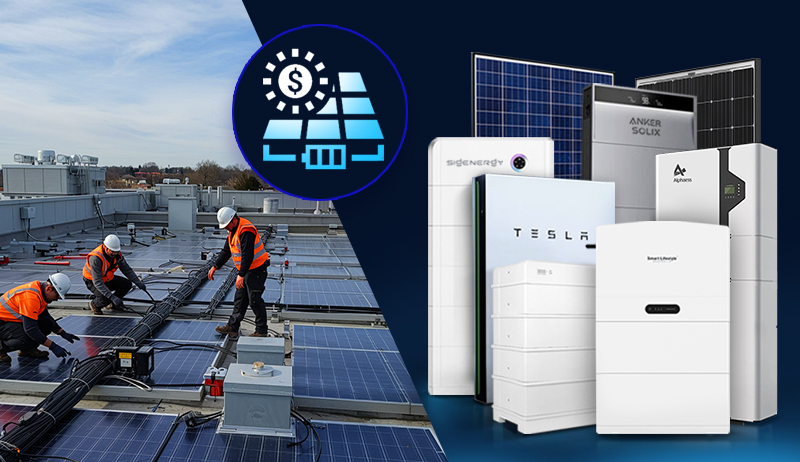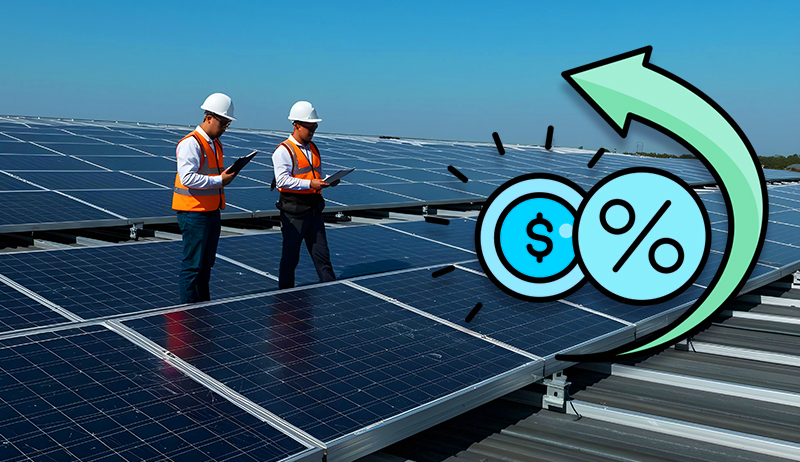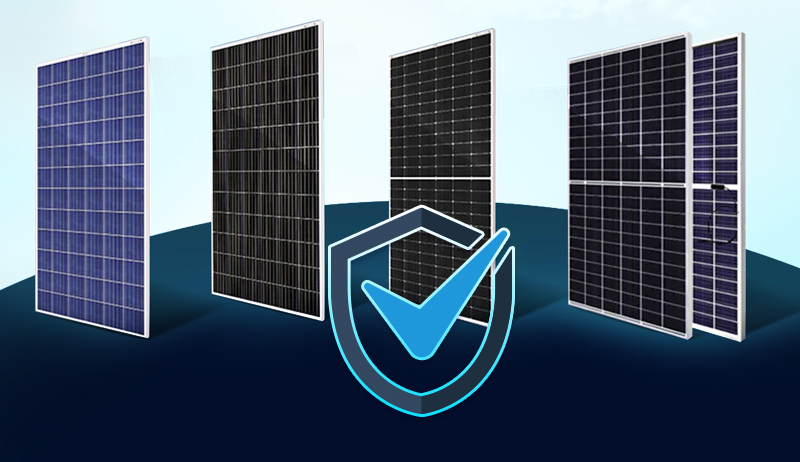Sustainable Transportation
Introduction Wellington: Pioneering Sustainable Transportation
Wellington, the picturesque capital city of New Zealand, is renowned for its natural beauty and progressive mindset.
When it comes to sustainable transportation, Wellington stands at the forefront, embracing innovative solutions to reduce emissions, improve air quality, and enhance the overall livability of the city. From a reliable public transit system to a strong focus on active transportation and eco-friendly initiatives,
Wellington is leading the way in sustainable urban mobility. In this article, we will explore the sustainable transportation options in Wellington and highlight the city’s commitment to creating a greener and more efficient transport network.
Sustainable Transportation in Wellington
1. Extensive Public Transit:
Wellington boasts a comprehensive public transit system operated by Metlink, connecting the city and its surrounding areas. The network includes buses, trains, and ferries, providing convenient and reliable options for residents and visitors to get around. The city has taken steps to reduce emissions by transitioning to a fleet of electric buses and implementing sustainable practices in public transit operations. Wellington’s public transit system plays a vital role in reducing congestion and promoting sustainable mobility.
2. Active Transportation:
Wellington encourages and supports active transportation, including walking and cycling, as an integral part of the city’s sustainable transport strategy. The city has invested in developing a network of cycling and walking paths, bike lanes, and pedestrian-friendly infrastructure. Initiatives such as the “Cycle Aware Wellington” group and bike-sharing programs have further promoted cycling as a viable and eco-friendly mode of transportation. By prioritizing active transportation, Wellington reduces traffic congestion and improves the health and well-being of its residents.
3. Eco-Friendly Initiatives:
Wellington is committed to implementing eco-friendly initiatives that contribute to sustainable transportation. The city has implemented electric vehicle charging stations throughout the urban area, encouraging the adoption of electric vehicles and reducing greenhouse gas emissions. Furthermore, Wellington actively promotes carpooling and ride-sharing services to reduce the number of single-occupancy vehicles on the road, further alleviating congestion and minimizing environmental impact.
4. Smart Transport Solutions:
Wellington embraces smart transport solutions to optimize traffic flow, reduce congestion, and enhance the efficiency of the transportation network. Intelligent traffic management systems, real-time information services, and smart parking initiatives contribute to smoother traffic operations and encourage the use of public transit and active transportation options. These measures not only reduce carbon emissions but also improve the overall travel experience for residents and visitors.
5. Integrated Transport Planning:
Wellington’s sustainable transportation efforts are guided by integrated transport planning, which considers the needs of pedestrians, cyclists, and public transit users in urban development projects. The city aims to create connected and accessible communities, ensuring that new developments are well-served by public transportation and have infrastructure supporting active transportation. This approach promotes a shift away from private vehicle use and encourages sustainable travel choices.
Wellington: Sustainable Transportation
General examples of sustainable transportation regulations that cities often adopt to promote environmentally friendly mobility:
1. Emissions Standards: Implementing regulations that set emissions standards for vehicles operating within the city. This can include restrictions on high-emission vehicles or incentives for low-emission and electric vehicles.
2. Low-Emission Zones (LEZs): Designating certain areas within the city as low-emission zones, where only vehicles meeting specific emission criteria are allowed to enter. LEZs are meant to reduce air pollution and encourage cleaner transportation options.
3. Public Transportation Requirements: Requiring businesses or developments to provide adequate access to public transportation and encourage employees to use it through incentives or subsidies.
4. Bike Lane and Pedestrian Infrastructure: Mandating the inclusion of bike lanes and pedestrian-friendly infrastructure in urban planning and new construction projects to promote cycling and walking.
5. Parking Policies: Implementing policies that encourage reduced car usage, such as limiting parking spaces or increasing parking fees in certain areas to discourage private vehicle use.
6. Congestion Charging: Introducing fees or tolls for driving in congested areas during peak hours to reduce traffic congestion and promote public transit use.
7. Vehicle Fleet Requirements: Requiring government agencies and large companies to maintain a certain percentage of electric or low-emission vehicles in their fleets.
8. Transportation Demand Management (TDM): Employing TDM strategies that encourage carpooling, ridesharing, and flexible work hours to reduce the number of single-occupancy vehicles on the road.
Type of Smart Transportation in Wellington
Wellington, like many other modern cities, may have been exploring or implementing various smart transportation initiatives to improve efficiency, reduce congestion, and promote sustainable mobility.
Here are some examples of smart transportation technologies that cities might consider:
1. Intelligent Traffic Management Systems: These systems use real-time data from sensors and cameras to monitor traffic flow and adjust traffic signals accordingly. They can optimize signal timings to reduce congestion and improve the overall efficiency of the road network.
2. Real-Time Public Transit Information: Smart transportation systems can provide real-time updates on bus and train schedules, delays, and route changes to help commuters make informed decisions about their travel.
3. Mobile Applications: Cities often develop mobile apps that allow users to plan their trips, access real-time transportation information, and purchase tickets for public transit services.
4. Smart Parking Solutions: Smart parking systems use sensors to detect available parking spaces and provide drivers with real-time information about parking availability, helping to reduce the time and fuel spent searching for parking.
5. Electric Vehicle (EV) Charging Infrastructure: Smart EV charging stations can be equipped with data connectivity to manage charging demand, monitor energy usage, and facilitate payment options.
6. Ride-Sharing and Carpooling Platforms: Smart transportation apps can promote carpooling and ride-sharing services, reducing the number of vehicles on the road and decreasing emissions.
7. Data Analytics and Predictive Modeling: By analyzing data from various transportation sources, cities can identify patterns, anticipate traffic congestions, and plan more efficient transportation routes and services.
8. Autonomous Vehicles: While not widespread yet, some cities are exploring the use of autonomous or self-driving vehicles to improve safety and traffic flow.
For the cost of these smart transportation initiatives, it can vary widely depending on the scope and scale of the projects. Implementing and maintaining intelligent transportation systems often require significant investments in technology, infrastructure, and ongoing operation and maintenance costs.
Vehicle Fleet Requirements in Wellington
Cities and governments worldwide have been increasingly adopting policies to promote the use of low-emission vehicles and reduce the environmental impact of their transportation activities.
Such initiatives often include:
1. Green Fleet Policies: Establishing guidelines for government or municipal fleets to prioritize the purchase and use of low-emission vehicles, hybrids, or EVs.
2. Incentives and Subsidies: Providing financial incentives or subsidies to encourage organizations to transition to cleaner and more sustainable vehicle fleets.
3. Emissions Reduction Targets: Setting specific targets for reducing greenhouse gas emissions from the vehicle fleets of public entities and organizations.
4. Public Procurement Rules: Including environmental criteria in public procurement policies, favoring suppliers or vendors who offer low-emission vehicles or sustainable transportation solutions.
5. Reporting and Monitoring: Requiring organizations to report regularly on their vehicle fleet emissions and progress toward sustainability targets.
It is possible that Wellington or the wider New Zealand government has implemented or proposed such policies since my last update. For the most current and detailed information about vehicle fleet requirements in Wellington, I recommend checking the official website of the Wellington City Council or contacting local authorities responsible for transportation and environmental regulations in the city. They should be able to provide up-to-date information on any vehicle fleet regulations or initiatives aimed at promoting sustainable transportation in Wellington.
Conclusion Wellington: Pioneering Sustainable Transportation
Wellington’s commitment to sustainable transportation is evident through its extensive public transit system, promotion of active transportation, eco-friendly initiatives, adoption of smart transport solutions, and integrated transport planning.
The city’s holistic approach is transforming Wellington into a greener, more livable urban environment.
By prioritizing sustainable mobility options and reducing reliance on private vehicles, Wellington is taking significant steps towards reducing emissions, improving air quality, and enhancing the quality of life for its residents. As other cities look to Wellington’s example, it becomes clear that sustainable transportation is essential for building resilient and vibrant communities. With its innovative and forward-thinking mindset, Wellington is paving the way towards a more sustainable future.
https://www.exaputra.com/2023/07/wellington-pioneering-sustainable.html
Renewable Energy
ACORE Applauds Maryland Gov. Moore’s New Executive Order on Energy Affordability and Reliability
-
Grid Infrastructure -
Policy -
Siting & Permitting Reform -
Technology -
Press Releases
ACORE Applauds Maryland Gov. Moore’s New Executive Order on Energy Affordability and Reliability
ACORE Applauds Maryland Gov. Moore’s New Executive Order on Energy Affordability and Reliability
FOR IMMEDIATE RELEASE
Dec. 19, 2025
WASHINGTON, D.C. — The American Council on Renewable Energy (ACORE) issued the following statement from ACORE President and CEO Ray Long in response to Governor Wes Moore’s announcement of new initiatives to build an affordable and reliable energy future for Maryland.
“ACORE applauds Gov. Wes Moore for setting forth a new series of energy initiatives that seek to stabilize energy bills while ensuring grid reliability and efficiency for Marylanders. In particular, ACORE commends key provisions in the order to increase the deployment of advanced transmission technologies; streamline the siting and permitting of high-voltage transmission, energy storage, and other infrastructure; advance wholesale market reforms; and more. As the country enters a new era of electricity demand, initiatives like Gov. Moore’s will facilitate significant progress toward building a modern and reliable grid needed to maintain economic competitiveness and keep the lights on,” said ACORE President and CEO Ray Long.
###
ABOUT ACORE
For over 20 years, the American Council on Renewable Energy (ACORE) has been the nation’s leading voice on the issues most essential to clean energy expansion. ACORE unites finance, policy, and technology to accelerate the transition to a clean energy economy.
For more information, please visit http://www.acore.org.
Media Contacts:
Stephanie Genco
Senior Vice President, Communications
American Council on Renewable Energy
communications@acore.org
The post ACORE Applauds Maryland Gov. Moore’s New Executive Order on Energy Affordability and Reliability appeared first on ACORE.
https://acore.org/news/acore-statement-on-gov-wes-moores-new-energy-executive-order/
Renewable Energy
Meat–It’s What’s for Dinner, if You Don’t Care about the Animals or the Planet
 We often hear meat-eaters say things like, “If beef isn’t good, why do the manufacturers of plant-based burgers try so hard to make their burgers taste like real meat?”
We often hear meat-eaters say things like, “If beef isn’t good, why do the manufacturers of plant-based burgers try so hard to make their burgers taste like real meat?”
There is no doubt that cow and pig meat tastes and smells great; every vegan on Earth will tell you that.
The problem lies elsewhere, in a) the environmental impact of clearing the rainforests to make room for more cows, and b) the cruelty inherent in factory farming and the slaughtering of the animals.
Meat–It’s What’s for Dinner, if You Don’t Care about the Animals or the Planet
Renewable Energy
FAQs: Your Most Common Commercial Solar Questions Answered
The post FAQs: Your Most Common Commercial Solar Questions Answered appeared first on Cyanergy.
https://cyanergy.com.au/blog/faqs-your-most-common-commercial-solar-questions-answered/
-
Climate Change4 months ago
Guest post: Why China is still building new coal – and when it might stop
-
Greenhouse Gases4 months ago
Guest post: Why China is still building new coal – and when it might stop
-
Climate Change2 years ago
Spanish-language misinformation on renewable energy spreads online, report shows
-

 Greenhouse Gases2 years ago
Greenhouse Gases2 years ago嘉宾来稿:满足中国增长的用电需求 光伏加储能“比新建煤电更实惠”
-
Climate Change Videos2 years ago
The toxic gas flares fuelling Nigeria’s climate change – BBC News
-

 Climate Change2 years ago
Climate Change2 years ago嘉宾来稿:满足中国增长的用电需求 光伏加储能“比新建煤电更实惠”
-

 Carbon Footprint2 years ago
Carbon Footprint2 years agoUS SEC’s Climate Disclosure Rules Spur Renewed Interest in Carbon Credits
-
Climate Change2 years ago
Why airlines are perfect targets for anti-greenwashing legal action








 Full energy assessment
Full energy assessment



